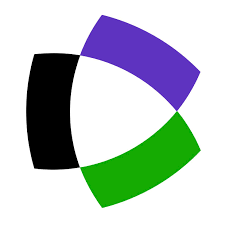Research Article
Review
Review Article
Issue Editorial Board
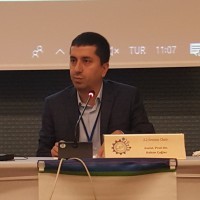



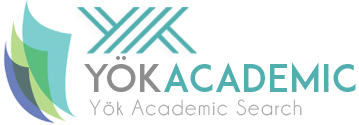 Web
Web
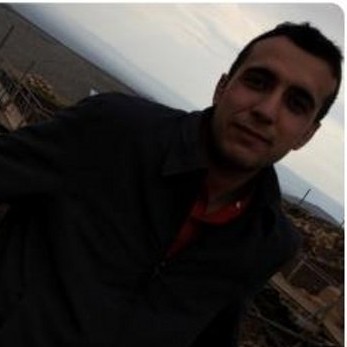
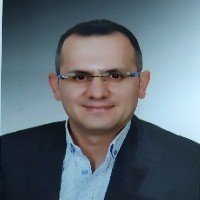

Issue Reviewers
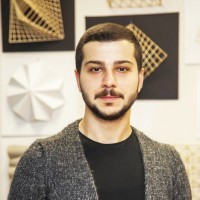
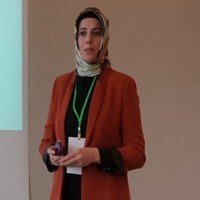
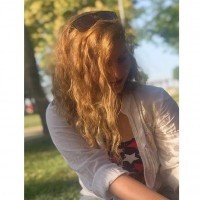
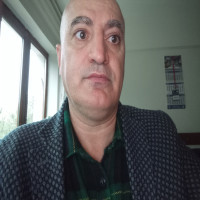
transformatör merkezleri
enerji iletim hatları
topraklama ağları
güç sistemlerinde koruma, röleler
enerji iletim hatları üzerinden haberleşme
Sezgisel algoritmalar
Optimizasyon
Fiber Optik Teknolojileri
Enerji iletimi ve dağıtımı
Güç sistemleri
Rassal, yarı rassal Sayı Üreteçleri
Çeviriciler, harmonik eliminasyonu
Biyoısı transferi
Zaman domeninde sonlu farklar (FDTD)
SAR hesaplamaları
EM maruziyeti
Tümör tahmini
Wilson merkezi terminal potansiyeli
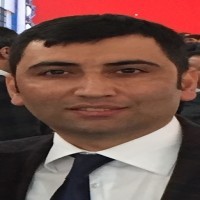
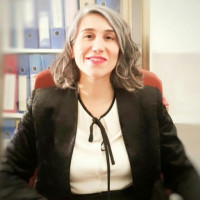


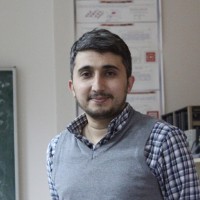
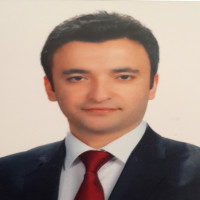





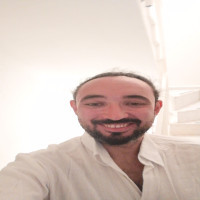
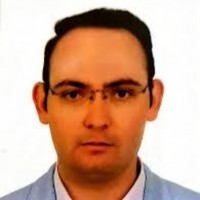
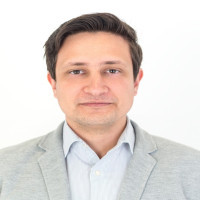
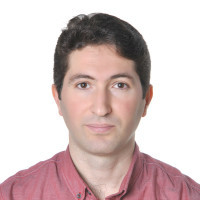
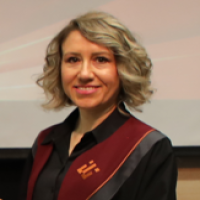
Aim & Scope
Sustainable Engineering Practices and Technological Developments Magazine, which started its publication life since 2018, is a well-known magazine that contains original works in the field of engineering, architecture and science.
Sustainable Engineering Practices and Technological Developments Magazine is a magazine that covers both sustainable world and interdisciplinary studies, both empirical and theoretical studies of engineering. Sustainable Engineering Practices and Technological Developments Magazine It is published in order to follow developments in the field of Engineering and Science, to contribute to national and international developments of individuals, to transform research and development activities into scientific publications and to create an academic resource in the scientific field.
Scientific and original research articles are published in Sustainable Engineering Practices and Technological Developments Magazine. The journal is a scientific journal and is published twice a year in electronic form in June and December. Sustainable Engineering Practices and Technological Developments Magazine accepts articles written in Turkish and English languages. The articles published in our magazine can not be published elsewhere or presented as paper without permission. Some or all of the articles can not be used without our source.
In the field of Sustainable Engineering Practices and Technological Developments, there are accepted articles that have not been published elsewhere in the field of Engineering and Science or interdisciplinary topics and have not been submitted to another magazine at the same time. Articles submitted to the journal are first evaluated by the editors and / or the editorial board. The articles that passed the preliminary evaluation process are then sent to the referees without the names and addresses of the authors, and it is decided that the article should be printed in accordance with the results of at least two reviewers' reviews. Depending on the results of the referee, corrections may be requested from the authors or the article may be refused unconditionally. The responsible letter is sent for the last time before the accepted article is printed. The responsible author must check and return the submitted article for final inspection within 10 days. The process of sending, evaluating and publishing articles is carried out through the Magazine Parking system. The author (s) will not charge a fee.
Author Guidelines
To access the journal template: Journal Template
Journal Editorial Guidelines
TITLE AND AUTHOR INFORMATION
Turkish Title: 14 pt, Times New Roman, bold, only the first letter of each lamb should be written in capital letters.
English Title: 14 pt, Times New Roman, bold, only the first letter of each lamb should be written in capital letters.
Author Names: 10 pt, Times New Roman, bold, lower alta should be written. After the names of the authors, e-mail address (italic) should be written by putting "," and putting institutional information (italic) and ","
ABSTRACTS
Turkish Abstract: Times New Roman should be 10 pt. The word "ABSTRACT" should be written in uppercase, left-justified. This section should be between 100-250 words, covering the purpose, method, findings, conclusions and recommendations of the research.
Key words: Times New Roman should be 10 points. The summary should take place without any spaces left below. Resources should not be included in the summary. There should be 3-5 keywords describing the work.
English Abstract: 10 points should be Times New Roman. The word "ABSTRACT" should be written in uppercase, left justified. This section should be between 100-250 words, covering the purpose, method, findings, conclusions and recommendations of the research.
Keywords: Must be 10 pt Times New Roman. Abstract should take place without spaces underneath. No references should be given in the Abstract. There should be 3-5 keywords describing the work. (Key Words should not be written).
SECTIONS AND SUB-SECTIONS
All text should be typed in 12-point Times New Roman, single-spaced, double-sided, and double-column. Paragraphs must begin with 1 tab indentation, with no spaces between paragraphs. Main section headings should be written in decimal, 12 point, bold and capital letters. Sub-section titles (second-level titles) must be left-justified, first letters large, 12-point and bold. The third level headings should be left-justified, in 12-point font, bold and italicized, so that only the first letter of the first ball is large. Care must be taken to ensure that the English abstract does not contain any linguistic errors.
The sections of the Makalen should generally include the following headings:
LOGIN
METHOD
RESULTS
DISCUSSION, RESULTS AND RECOMMENDATIONS
RESOURCES
Table: The name of the table should be written on the left side of the table. "Table 1." should be specified in bold, and the table name should be in italics. The contents of the table should be prepared in 10 point format and the APA should be taken into consideration (no vertical lines and important headings should be separated by horizontal lines).
Figure: The figure should be found under the name. "Figure 1." should be written in bold, shape name should be italicized.
Resources sholud comply with APA 6 rules.
Ethical Principles and Publication Policy
In scientific articles sent to the Journal of Sustainable Engineering Practices and Technological Developments, the Higher Education Institutions Scientific Research and Publication Ethics directive and the principles set by COPE (Committee on Publication Ethics) for Editors and Authors should be taken into account.
Authors' duties
Authors of the original research paper should present the significance of the work performed. Basic data should be correctly displayed in the article. The article should contain sufficient details and references to allow others to reproduce the work. Fraud or knowingly false statements constitute unethical behavior and are unacceptable.
Authors may be asked to provide raw data of their work with the article for editorial review and, if applicable, should be prepared so that the data is publicly available.
Authors will submit only completely original works and cite other works as appropriate. The publications that are effective in determining the quality of the article should also be mentioned.
In general, articles describing the same research should not be published in more than one journal. Submitting the same article to more than one journal constitutes unethical publishing behavior and is unacceptable. Articles published elsewhere as copyrighted material cannot be submitted.
Anyone who has made significant contributions should be listed as a co-author. The corresponding author ensures that all contributing co-authors are found and that people who have never joined the author list are not added. The corresponding author also confirms that all co-authors have approved the final version of the article and accepted it to be submitted for publication.
When the author discovers that there is a material error or inaccuracy in his published work, he is obliged to immediately notify the journal editor or publisher and cooperate with the editor to retract or correct the article.
Authors Responsibilities
The author(s) before and/or during the submission process;
Ensure that all submitted research is original, fully referenced, and accurately represented by all authors. Submission must be private and not considered elsewhere.
Provide accurate contact information for a designated author whose publisher and editor are deemed to be fully responsible for the authorship of the article and for all communications regarding the moral status and originality of the article.
Give the source of all data and third-party materials by the authors, including work that has not been previously published. Any element that could compromise the originality of the presentation should be explicitly avoided and/or discussed with the editorial office in the first instance.
Identify any third party's contribution to the article they intend to include in their article and in each case obtain written permission from the respective copyright holders for reuse. These permissions should be submitted when the article is accepted or requires acceptance of minor changes.
Expect transparency, efficiency, and respect from the publisher and editor in the submission process. Keep in good communication with both the publisher and the editor.
Cooperate with the withdrawal of articles found to be unethical, misleading or harmful, as well as in case of incorrect publication. Keep in good communication with the editor(s), publisher and other authors. Also, consider the principles outlined below.
1. The journal, which reflects an original research in the fields of science, technology and engineering at national and international level with its findings and results, scans research articles that contribute to science, a sufficient number of scientific articles (at least 50 sources and 10,000 words) and summarizes the subject at the current level of knowledge and technology, It accepts review articles, case reports and technical notes (maximum 2000 words and maximum 4 images/tables) that evaluate and interpret the findings by comparing them.
2. In our journal, publications such as letters to the editor or discussion are not allowed.
3. Manuscripts found suitable for evaluation in terms of writing and publication principles are directed to the referees. At least two referees are assigned to evaluate each manuscript that has been approved by the editor.
4. Blind refereeing is applied in article evaluations in our journal. The names of the referees who evaluated the articles are not notified to the authors. The referees are also allowed to evaluate the articles without seeing the names of the authors.
5. The articles sent to the referees are expected to be evaluated within 15 days. If this period is exceeded, the editor reminds the referee and gives an additional 15 days. If this period is exceeded, the editor appoints a new referee and withdraws the request from the old referee.
6. The article that receives at least two positive referee reports from the article evaluation is entitled to be published. The article, which receives a positive and a negative referee report, is sent to two more referees. The final decision about the article is made by the editors.
7. The decision to accept or reject the article is made by the editors. Articles that are not considered sufficient in line with the recommendations of the referees
Price Policy
Journal of Sustainable Engineering Practices and Technological Developments author/authors in no way receive ARTICLE PRINTING FEE, etc. things are NOT WANTED.
Creative Commons Lisansı
Bu eser Creative Commons Atıf 4.0 Uluslararası Lisansı ile lisanslanmıştır.
